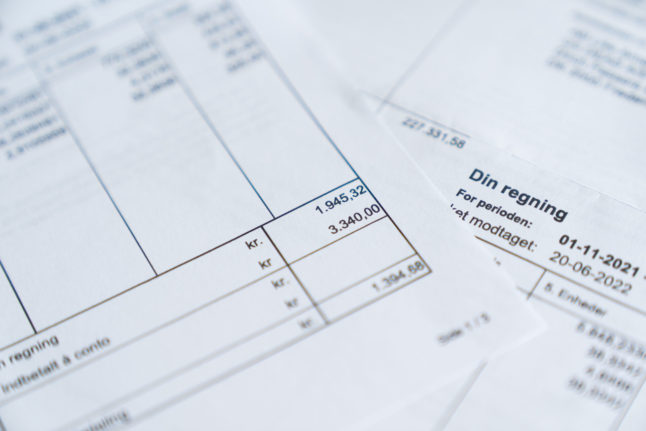Nets, which owns the Dankort network on which most bank payment cards in Denmark operate, is set to introduce an additional 8.9 percent charge for businesses which accept Dankort from the beginning of next month.
The charge will “ultimately” be passed on to customers, according to Jannick Nytoft, the director of the national interest organisation for store owners, De Samvirkende Købmænd (DSK).
“Ultimately there is only one place where the price [increase] can be recovered, and that’s with the customers because the costs [for businesses] will go up,” Nytoft said to newswire Ritzau.
Nets has raised the price for accepting Dankort in physical transactions following a decline in the total number of Dankort transactions.
READ ALSO: Dankort: What is Denmark’s payment card and how is it different from other card types?
Figures from the Danish central bank, Nationalbanken, show that the number of Dankort transactions fell by 27 percent last year, a trend related to the increasing popularity in Denmark of digital wallets such as Apple Pay.
If the costs of running the Dankort system don’t fall along with revenue from transactions, the cost per transaction must increase, Nets has said.
Nytoft said it was a “real shame” that Nets has found it necessary to raise the price for Dankort.
“Most Dankort cards are not compatible with Google Pay and Apple Pay. Only [bank] Danske Bank has them in there. We need a lot more Dankort on Google Pay and Apple Pay,” he said.
Nets is pushing for all banks to allow their Dankort payment cards to be used on Google Pay and Apple Pay.
At least two banks — Arbejdernes Landsbank and Nordea – have said they plan to do this no later than 2025.



 Please whitelist us to continue reading.
Please whitelist us to continue reading.
Member comments